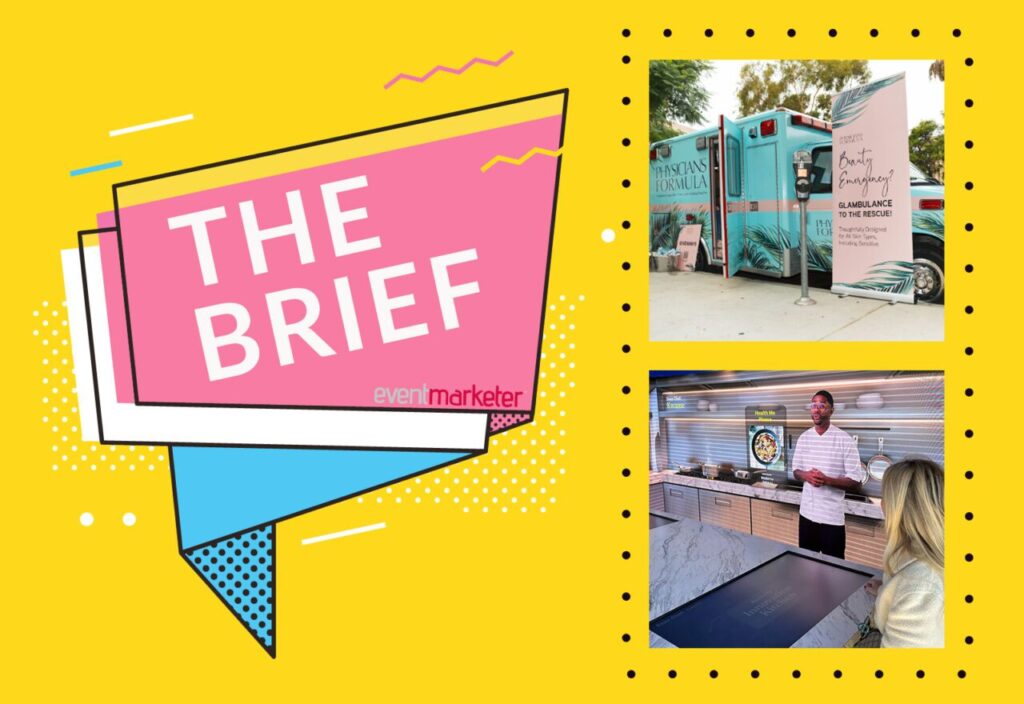 At the 2015 Consumer Electronics Show sensor analytics, geo-location, and web and social data capture were all big trends—and the volume of data will just grow exponentially as a result. Gartner estimates that by 2016 big data will drive 232 billion in IT spending and will create 4.4 million IT jobs globally. To say that big data will play a significant role in organizations in the future in an understatement, and we must embrace the concept of data capture and categorization, regardless of industry sector.
At the 2015 Consumer Electronics Show sensor analytics, geo-location, and web and social data capture were all big trends—and the volume of data will just grow exponentially as a result. Gartner estimates that by 2016 big data will drive 232 billion in IT spending and will create 4.4 million IT jobs globally. To say that big data will play a significant role in organizations in the future in an understatement, and we must embrace the concept of data capture and categorization, regardless of industry sector.
Here’s three examples of how big data will improve the marketing offers and messages we receive from brands in 2015.
- Geo-based Targeting. Have you ever pulled into a gas station and received an offer on your mobile device that lures you away from the pump and into the store? Have you ever received an offer for jeans while standing on the jeans aisle in a retail outfit? Does a latte offer pop up on your device when you walk past your favorite coffee shop? Maybe not yet—but you will.
As more consumers and more consumers carry smartphones, delivering this type of geo-based marketing message or offer at the optimal time will become commonplace. And the brands with the most customer data will win. Brands will need more than transaction history and loyalty program numbers to be efficient at this—they will need social, demo, and geo data that brands don’t traditionally capture.
- Deeper Personalization of Content and Offers. Online retailers commonly use browsing or session behavior combined with purchase history to deliver “items you might like.” This is a personalized offer but it could probably be improved upon. This year, I expect brands to take the next step—to go beyond using simple data metrics and become more adept at rapidly stitching together current online digital session data with offline customer information to dial up the level of personalization.
As brands become more proficient at collecting, classifying, and using large customer created data volumes, the “next best offers” or “next best actions” delivered in channel will become more attractive to consumers.
- Using Mobile Devices and Networks as Sensors. Let’s face it, we all carry around a device that enables brands with mobile apps to maintain opt-in contact with us as consumers. The amount of data we emit as consumers from mobile app usage, social network usage, and our geo location information is valuable to brands seeking to improve their marketing efforts. These devices we carry are wifi-enabled—and how they interact with the networks they operate on is valuable information as well to network providers and ISP’s.
This year we will see brands use data coming off of mobile devices and networks as a sort of sensor data – giving them sensor style information on our digital behavior and physical movement. To be able to use that effectively for marketing purposes will be the challenge that brands will begin to rise and meet in 2015.
Jonathan Moran is a senior product marketing manager at SAS.
Related Articles:
Using Data and Marketing Tech to Reach Empowered Consumers
Marketers Embracing Data Driven Practices
 Network
Network

